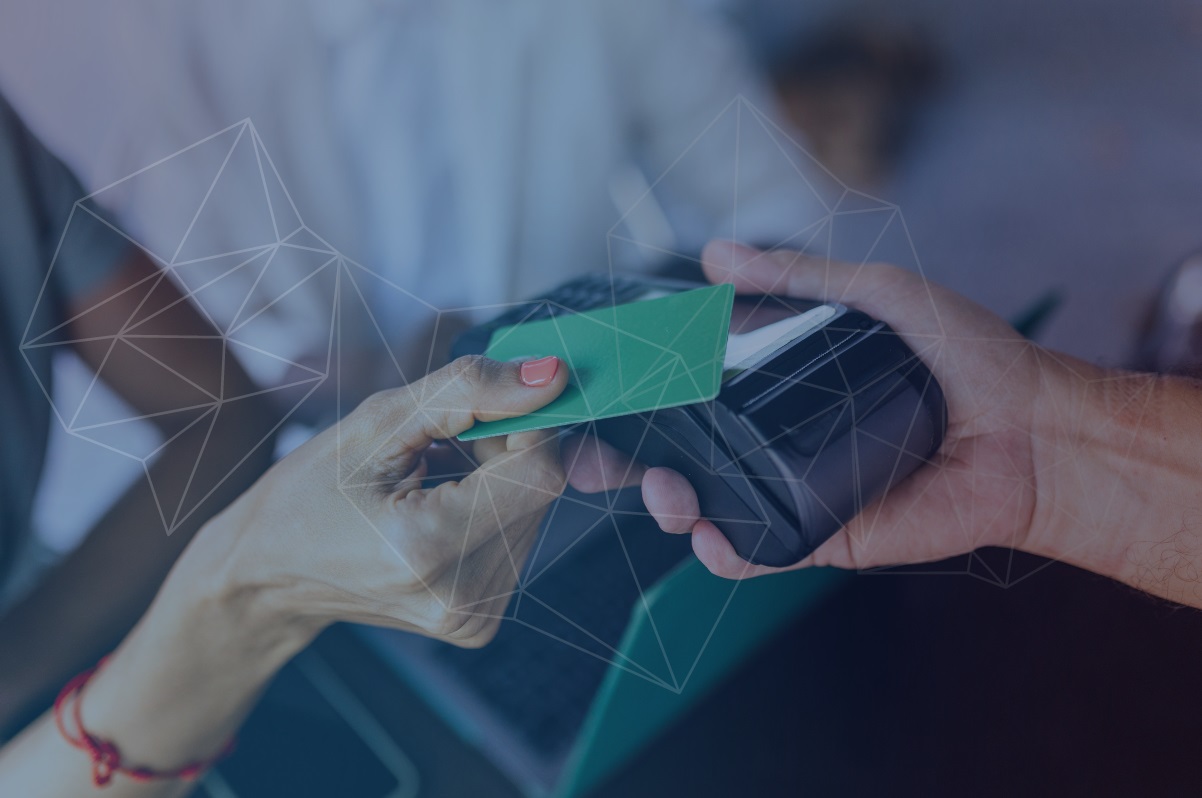Navigating the dynamic eCommerce landscape: Insights and strategies
In the ever-evolving world of eCommerce, understanding the intricate dynamics of eCommerce content creation tailored to diverse demographics is a pivotal aspect of success. This article aims to unravel key trends and strategies, offering insights into age, gender, location, income, and payment preferences that shape the online shopping experience.
Drawing from 14 years of expertise in the eCommerce domain, Default Value brings a wealth of experience to the table. As we delve into the nuanced world of content creation, we not only provide valuable insights but also encourage a personalized approach. No single article can prescribe the precise blueprint for your brand’s content strategy. Instead, we advocate for the infusion of your own ideas, coupled with strategic A/B testing, to discern what resonates with your target eCommerce content demographic.
Join us on this exploration, where we not only shed light on eCommerce content trends but also empower you to navigate this dynamic landscape with agility and innovation.
Ecommerce content by age

Navigating the world of shopping reveals distinctive preferences among different age groups. Millennials and Gen Z exhibit a clear inclination towards the digital realm for their shopping endeavors. While they might step into physical stores, particularly for clothing fittings, the online domain becomes their go-to for hunting down better deals. A prevailing eCommerce trend among these cohorts is the extensive use of social media for scrutinizing stores and products, placing a premium on transparency. Any hint of dubious practices by a brand can significantly alienate these younger demographics.
In contrast, Baby boomers and Gen X cohorts still harbor a fondness for in-store shopping, whether due to enduring habits or a preference for hands-on product exploration. Nevertheless, it’s noteworthy that even these older generations are gradually embracing online shopping, leaning towards a preference for quality over quantity. Given their potential apprehensions and uncertainties in the online shopping realm, responsive customer service holds significant value for them.
The statistics reveal that Millennials and Gen Xers stand out as the primary champions of online shopping, with a notable 67% of millennials and 56% of Gen Xers favoring digital platforms over traditional brick-and-mortar stores. The spending patterns align with their online activity, as these age groups allocate 50% more time to online shopping than their older counterparts, dedicating an average of 6 hours compared to 4 hours.
Contrary to the stereotypical perception of women being avid shoppers, the online shopping landscape sees men taking the lead. Men outpace women in online spending by a substantial 28%, challenging conventional assumptions about gender-based shopping behaviors.
Ecommerce content by gender

In the realm of online shopping, women emerge as avid purchasers and meticulous researchers. Their purchasing journey involves a thorough examination, spending considerable time comparing similar products and delving into reviews from social media influencers. Notably, personalized eCommerce content holds significant value for women, streamlining their research process and enhancing their overall shopping experience.
Conversely, men exhibit a more impulsive approach to shopping. They are prone to swift reactions when presented with discounts and promotions, displaying a penchant for a quick decision-making process. Unlike their female counterparts, men tend to allocate less time to extensive research and product comparisons, preferring a more instantaneous and action-oriented shopping experience.
Ecommerce content by location

Shopping preferences are intricately tied to geographical locations, presenting distinct patterns between urban and rural areas.
Urban shoppers prioritize convenience and swift delivery. With a plethora of online shopping options at their disposal, they gravitate towards stores with a proven track record of fast and reliable deliveries. Notably, the urban demographic leans heavily towards mobile usage for online shopping, making mobile-friendly eCommerce content a strategic choice to effectively engage with them. Moreover, the urban consumer is always on the lookout for niche and specialty products, driven by the abundance of choices available, and seeks products that precisely cater to their specific needs.
Conversely, shoppers in rural areas place a premium on availability and affordability. Being situated at a distance from physical stores, they express satisfaction in discovering online stores that provide reliable delivery services to their locations. Their preferences align with practical and functional products that enhance their daily lives. In navigating the online shopping landscape, individuals in rural areas predominantly utilize desktop or laptop PCs to access and explore their desired products.
Ecommerce content by income

Divergent shopping behaviors emerge when considering the income spectrum, highlighting nuanced preferences between low-income and high-income shoppers.
Low-income shoppers place a paramount emphasis on affordability. Vigilant for promotions, seasonal discounts, and special deals, they dedicate significant time to scouring various stores in pursuit of the most cost-effective options. The budget-conscious nature of low-income shoppers steers their choices toward maximizing value within their financial constraints.
Conversely, high-income shoppers pivot towards prioritizing quality and exemplary customer service. Unhesitant in their spending, they seek reassurance that their expenditures are judicious. Stores aiming to capture the attention of high-income shoppers must articulate a compelling reason why choosing them is the epitome of excellence, transcending mere affordability. Providing avenues for customization and personalization in the shopping experience becomes a key strategy to enhance their perceived value. Diligent customer service that adeptly addresses and resolves issues further solidifies the appeal for high-income shoppers, fostering a sense of trust and satisfaction in their purchasing journey.
Ecommerce content by payment

Setting aside the intricacies of payment methods, a clear shift is evident in the shopping preferences of Americans, with a notable 51% already favoring online purchases over traditional in-store transactions. A staggering 96% of Americans have ventured into the realm of online shopping at least once in their lives, and a substantial 80% engaged in online purchases within the last month alone. Despite this surge in digital commerce, an interesting paradox emerges as Americans allocate a significant 64% of their budget to physical stores, with only 36% spent in the online domain.
The dominance of Amazon in the US eCommerce landscape is undeniable, accounting for an impressive 44% of all eCommerce sales in 2017. With a noteworthy year-on-year growth rate of 23%, Amazon continues to shape the online retail sector. However, the stark reality remains that a surprising 46% of American businesses still operate without an online presence, forgoing the vast potential of digital platforms in an era dominated by eCommerce trends.
Ecommerce market trends dynamics: US vs. global trends
Contrary to popular perception, the United States, while not claiming the top spot, stands among the largest eCommerce markets globally. The landscape unfolds as follows, revealing the financial prowess of each country:
- China: $672 billion
- USA: $340 billion
- United Kingdom: $99 billion
- Japan: $79 billion
- Germany: $73 billion
- France: $43 billion
- South Korea: $37 billion
- Canada: $30 billion
- Brazil: $19 billion
| FASHION-RELATED PRODUCTS | SOUTH KOREA GERMANY CHINA INDIA UK | 77% 76% 68% 68% 67% |
| BOOKS/MUSIC/ STATIONERY | JAPAN GERMANY SOUTH KOREA UK FRANCE USA | 79% 75% 72% 66% 64% 64% |
| TRAVEL | SPAIN UK TURKEY AUSTRALIA INDIA GERMANY | 67% 62% 60% 58% 57% 57% |
| CONSUMER ELECTRONICS | BRAZIL GERMANY UK POLAND | 57% 52% 48% 48% |
Nielsen’s Global Connected Commerce report dives deep into the economic tapestry, highlighting specific industries that shine in each country. South Korea emerges as a frontrunner, boasting a commanding presence in the fashion sector (77%) and beauty products (66%). Additionally, the country exhibits notable figures in non-food household groceries (52%), packaged grocery food (51%), and fresh groceries (37%). This nuanced breakdown unravels the diverse and thriving eCommerce landscapes across the globe.
| BEAUTY & PERSONAL CARE | SOUTH KOREA CHINA INDIA GERMANY POLAND | 65% 52% 48% 47% 47% |
| NON-FOOD HOUSEHOLD GROCERIES | SOUTH KOREA CHINA UK JAPAN INDIA | 52% 45% 37% 33% 25% |
| PACKAGED GROCERY FOOD | SOUTH KOREA CHINA UK JAPAN INDIA GERMANY TURKEY | 51% 47% 37% 33% 21% 21% 21% |
| FRESH GROCERIES | SOUTH KOREA UK JAPAN CHINA AUSTRALIA | 37% 37% 23% 22% 18% |
Nevertheless, in the realm of literature, stationery, and music acquisitions, Japan emerges as the frontrunner with an impressive 79%. Spain claims the top position for travel-related purchases, boasting a notable 67%, while Brazil secures the highest accolade in the realm of consumer electronics with a commanding 57%.
Strategies for tailored eCommerce content creation
The outlined factors are not rigid or immutable; a high-income shopper might still seek budget-friendly options, a rural resident may have a penchant for niche products, and a male shopper might invest an extensive amount of time in product research. The true value of these factors lies in their role as guiding principles. Once you’ve gained insights into your customer base, you can craft eCommerce content that accentuates specific factors.
Consider a scenario where you manage a sports goods store. For a female audience, focus on delineating product details, quality, and customer reviews. On the flip side, when catering to a male audience, emphasize special deals and seasonal sales while showcasing the same products. It’s about presenting your offerings in a way that resonates differently with various segments of your online audience.
Choosing the right eCommerce content format

In determining the ideal content format, prioritize aligning with your brand and its unique identity. While the outlined factors assist in deciding the eCommerce content subject, they also offer insights into the appropriate format. Contemporary eCommerce trends favor short, personalized video content, yet recognizing the limitations of this format is crucial. A balanced approach, integrating both written and visually immersive content, becomes imperative. The utilization of web stories emerges as a clear choice, seamlessly bridging the gap between written and visually-driven content. Throughout this content creation journey, maintain a steadfast focus on your brand’s essence and its resonance with your demographic.
Conclusions
Having explored the nuances of eCommerce content trends across demographics, the insights provided thus far offer a solid foundation for understanding the dynamic landscape. However, crafting and marketing content is a personalized journey, and no singular online article can dictate the precise approach tailored to your brand.
Drawing from Default Value’s extensive 14 years of experience in the eCommerce realm, we emphasize the significance of infusing your unique ideas into content creation. The realm of eCommerce is ever-evolving, demanding innovative strategies that resonate with your target audience. Engaging in A/B testing becomes a pivotal step in deciphering the content types that truly resonate with your demographic.
Initiating these tests sooner rather than later accelerates the learning curve, allowing you to decipher what seamlessly aligns with your brand identity. In the competitive eCommerce landscape, Default Value’s wealth of experience underscores the importance of staying agile and adaptable, continually refining your content approach to meet the evolving demands of your audience.




